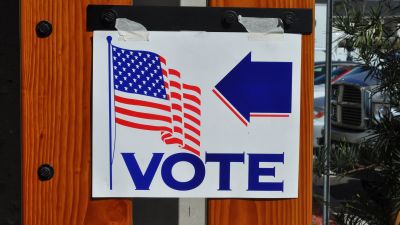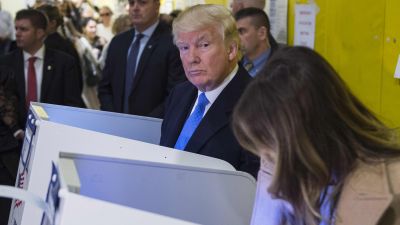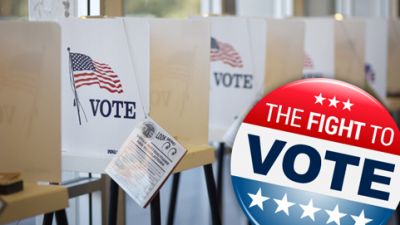
Yesterday day marked 100 days until Election Day. In The Atlantic, Norm Ornstein — resident scholar at the American Enterprise Institute for Public Policy Research and a frequent guest to the show over the years — acknowledges the challenges that we’re facing in November and lays out seven steps lawmakers need to take now in order to avoid disaster.
“A major expansion of voting by mail — which is already being discussed in many states — is the single best step a state can take to avoid this mess,” he writes. “Yet no one change is sufficient, and some creativity is in order.”
Here are six other steps that states could take to prevent an Election Day shambles:
1. Print a huge supply of absentee ballots and return envelopes. If state and local election officials can’t afford to do so, they can establish public-private partnerships, using resources from foundations, corporations, and others to get it done.
2. Make large numbers of these absentee ballots available at every polling place on early-voting days and on Election Day — but especially at those precincts where long lines can reasonably be expected
3. Let voters whose absentee ballot did not arrive in the mail get one at the polling place, where they can fill it out on the spot — or take it somewhere nearby to do so — then deposit it in a safe receptacle at the polling place. Give them a separate line at polling places, to shorten the one for those with no problems. This strategy worked well in Kenton County, Kentucky, in its primary.
4. Allow any voter who fears waiting in line for hours the option of filling out an absentee ballot and submitting it at the polling place. Voters would have to attest, under penalty of perjury, that they are qualified to vote in that precinct.
5. In states that require signatures on absentee ballots to be notarized, recruit local notaries to provide their service at the polling places where long lines and delays are expected.
6. Urge high schools, colleges, and universities to recruit students to act as poll workers. Train them at the schools, and give them credit for their service.
In addition, here are two steps Congress should take, either in separate legislation or in a COVID-19 recovery package:
1. Direct funds specifically to election officials to put up large numbers of drop boxes accessible to voters to hand-deliver their mail ballots — something now done in many states, including Washington, Pennsylvania, Connecticut, and Colorado.
2. Require the Postal Service to postmark all ballots sent by mail. Currently, some mail is delivered without a postmark, which means that election officials cannot tell whether a late-arriving ballot was mailed before polls closed.
Read Norm Ornstein’s entire post at The Atlantic »




